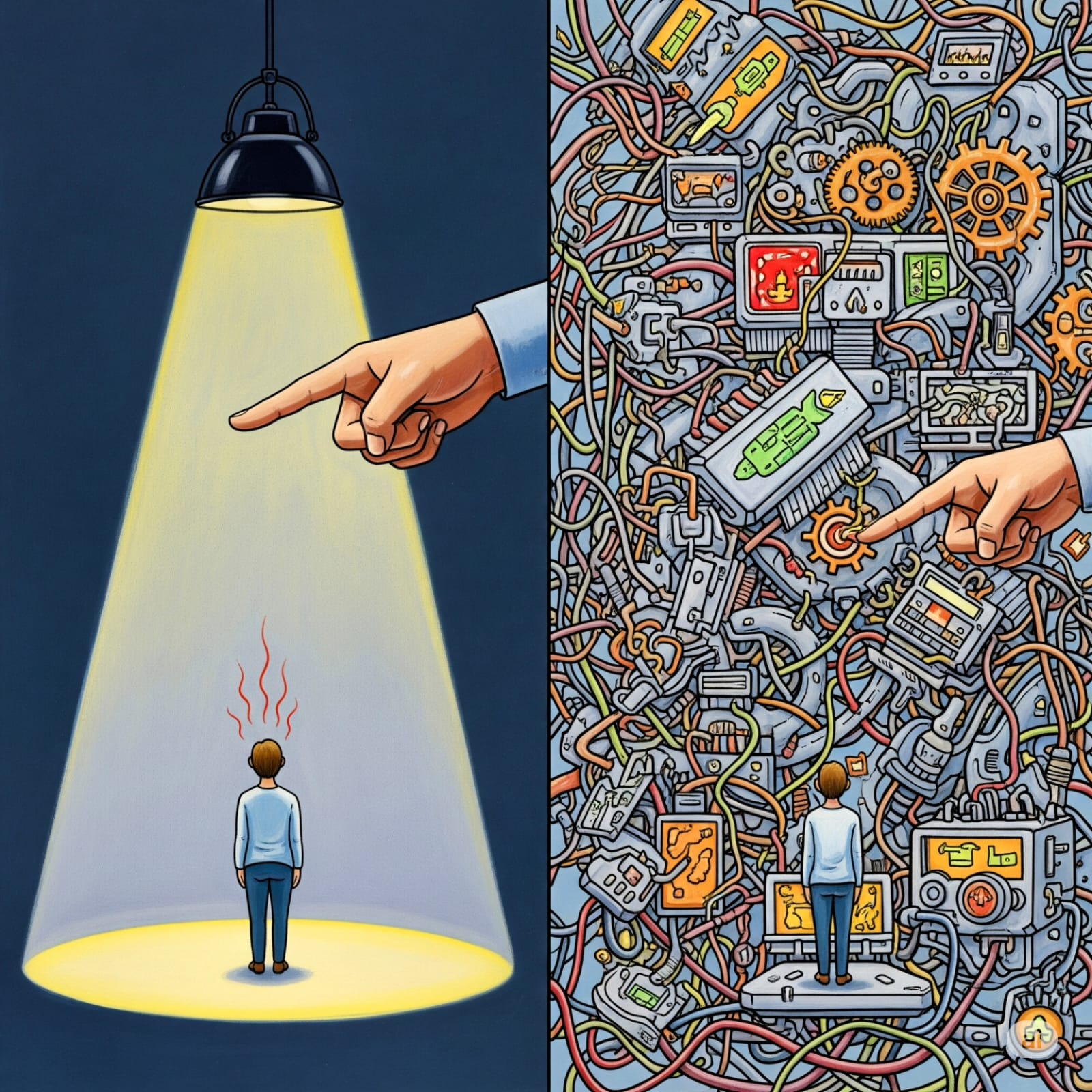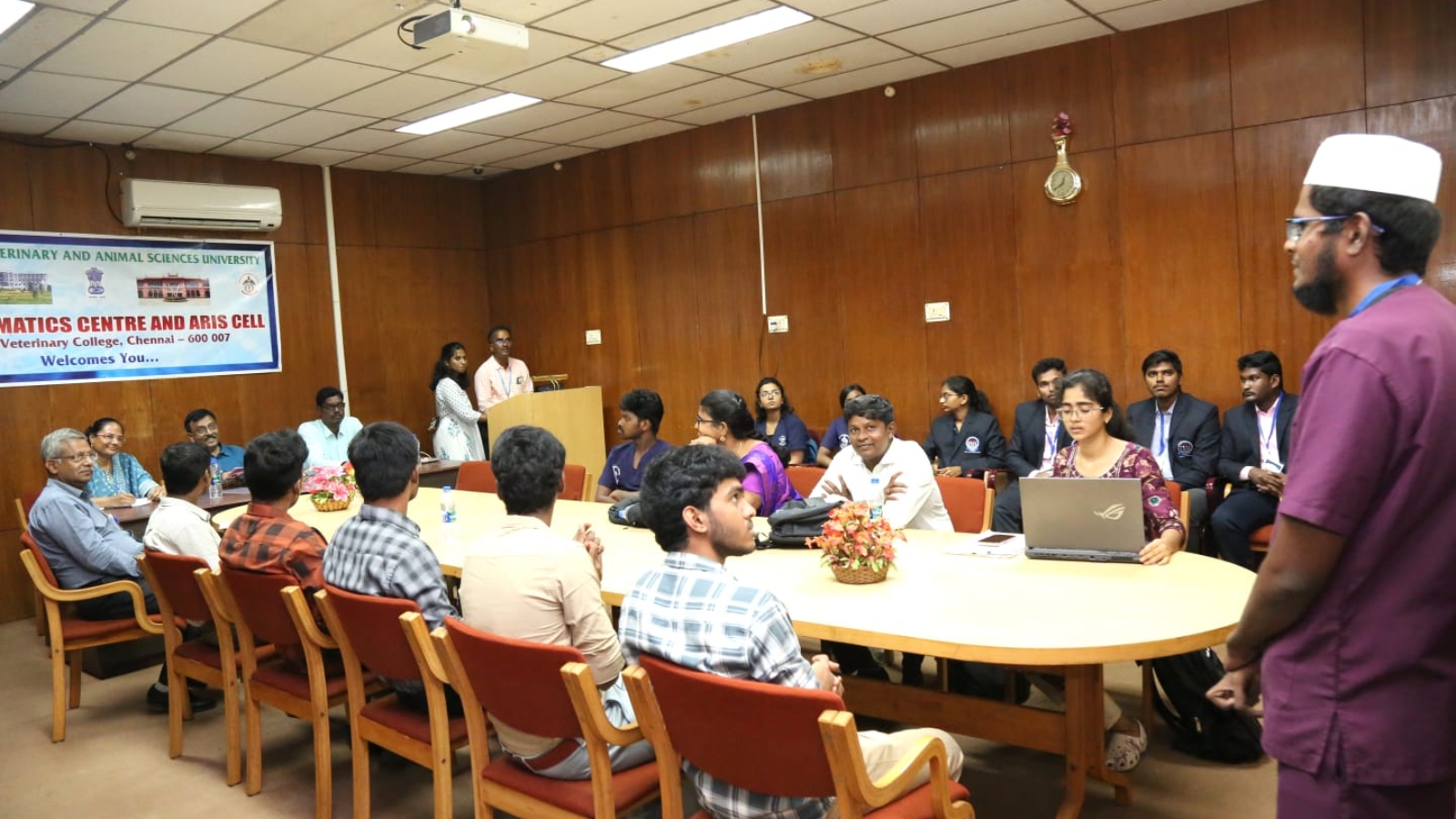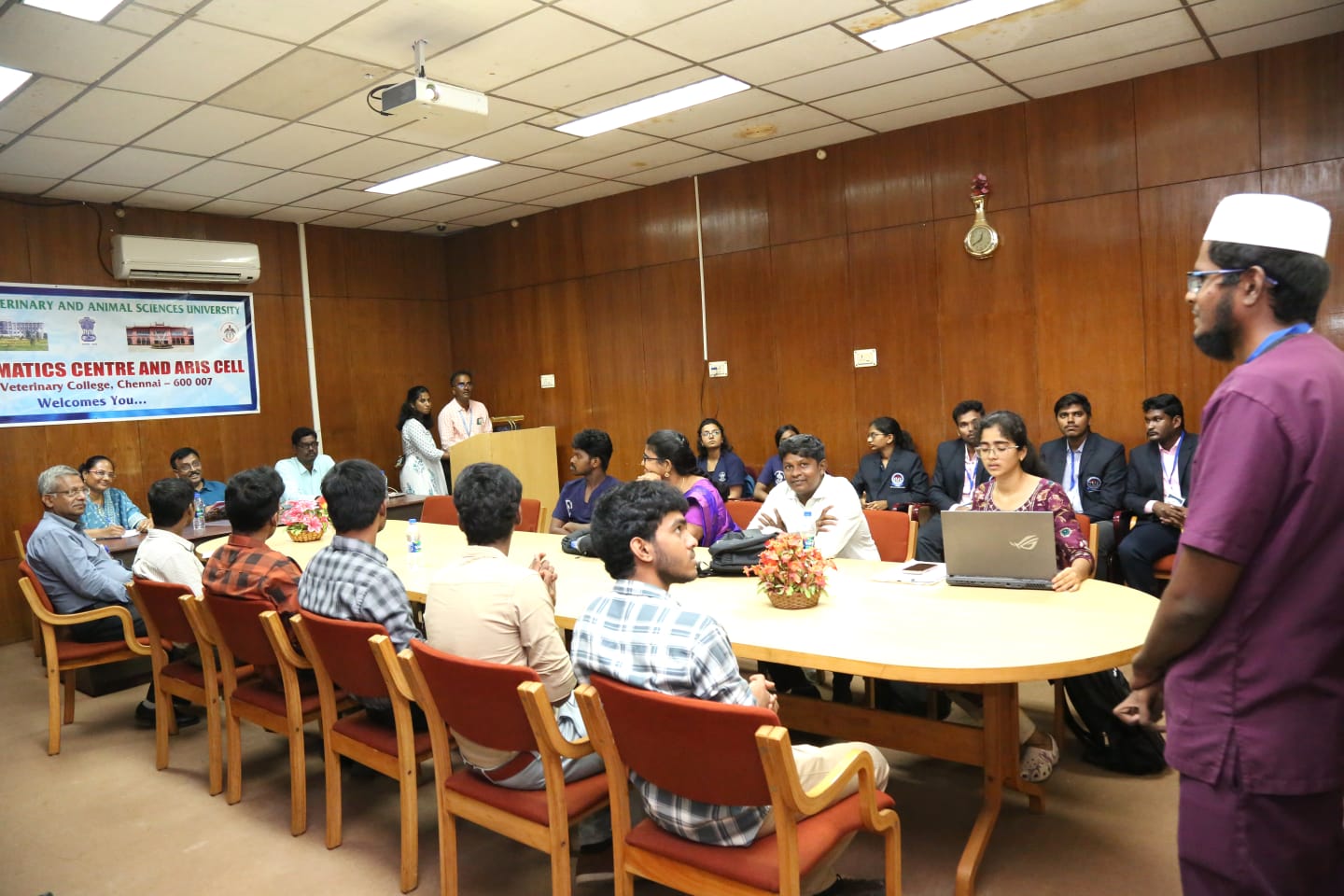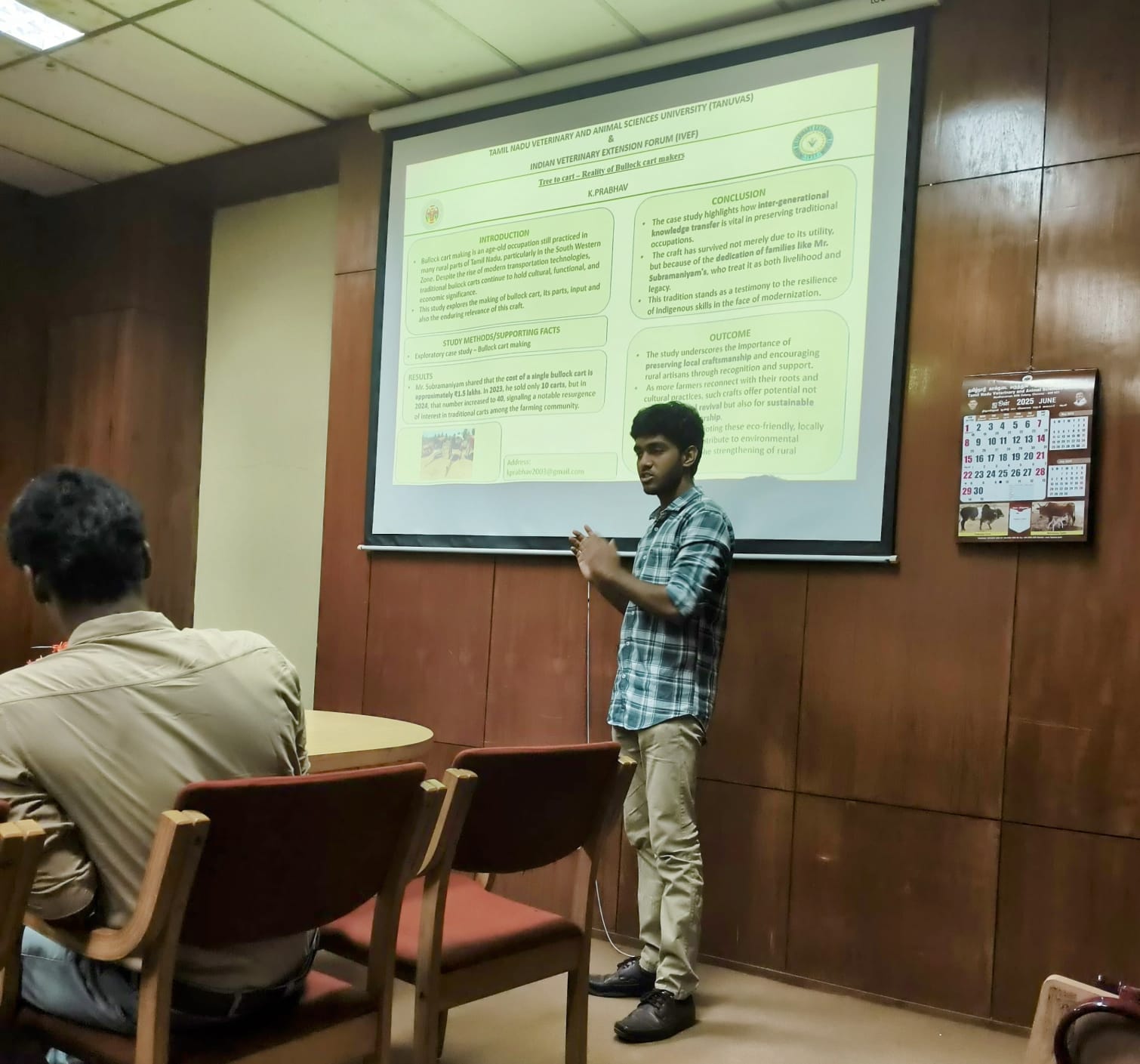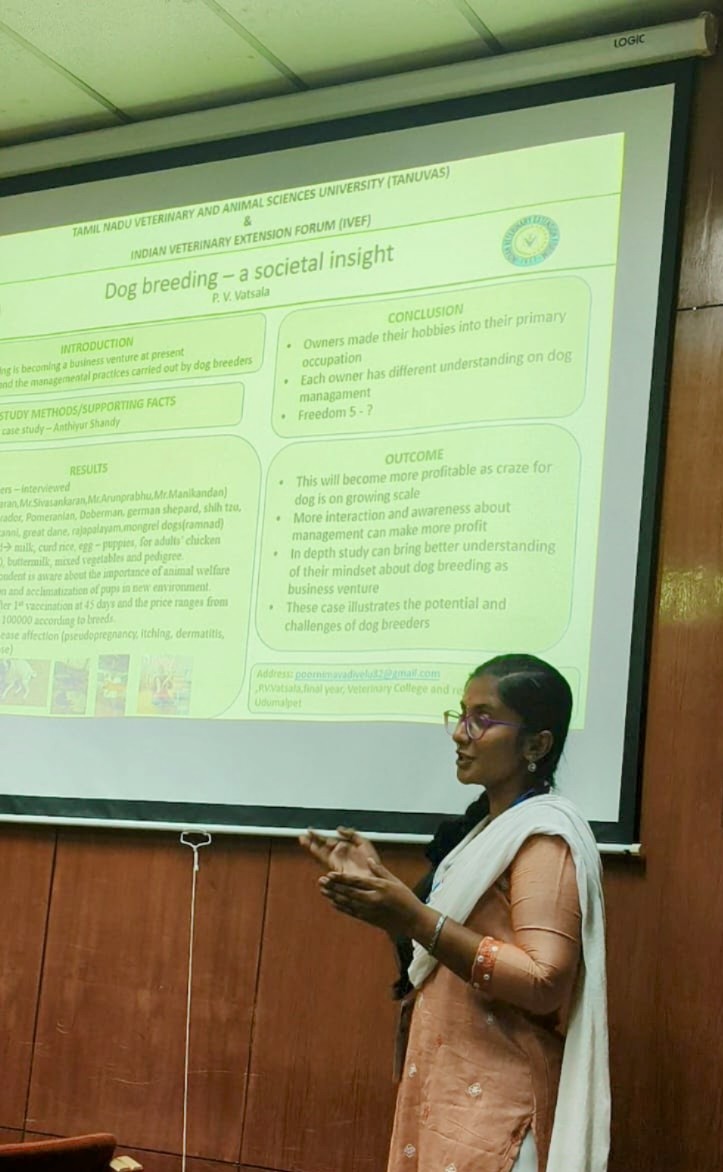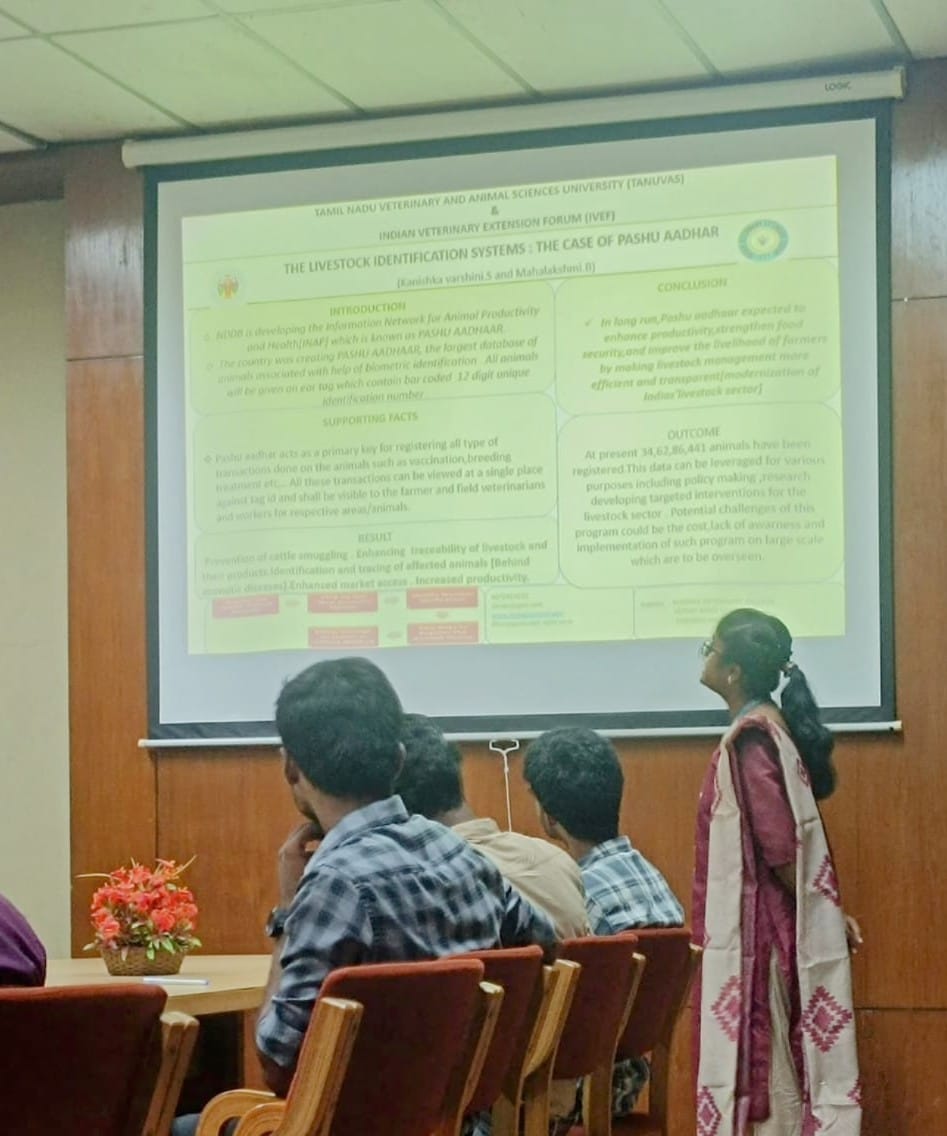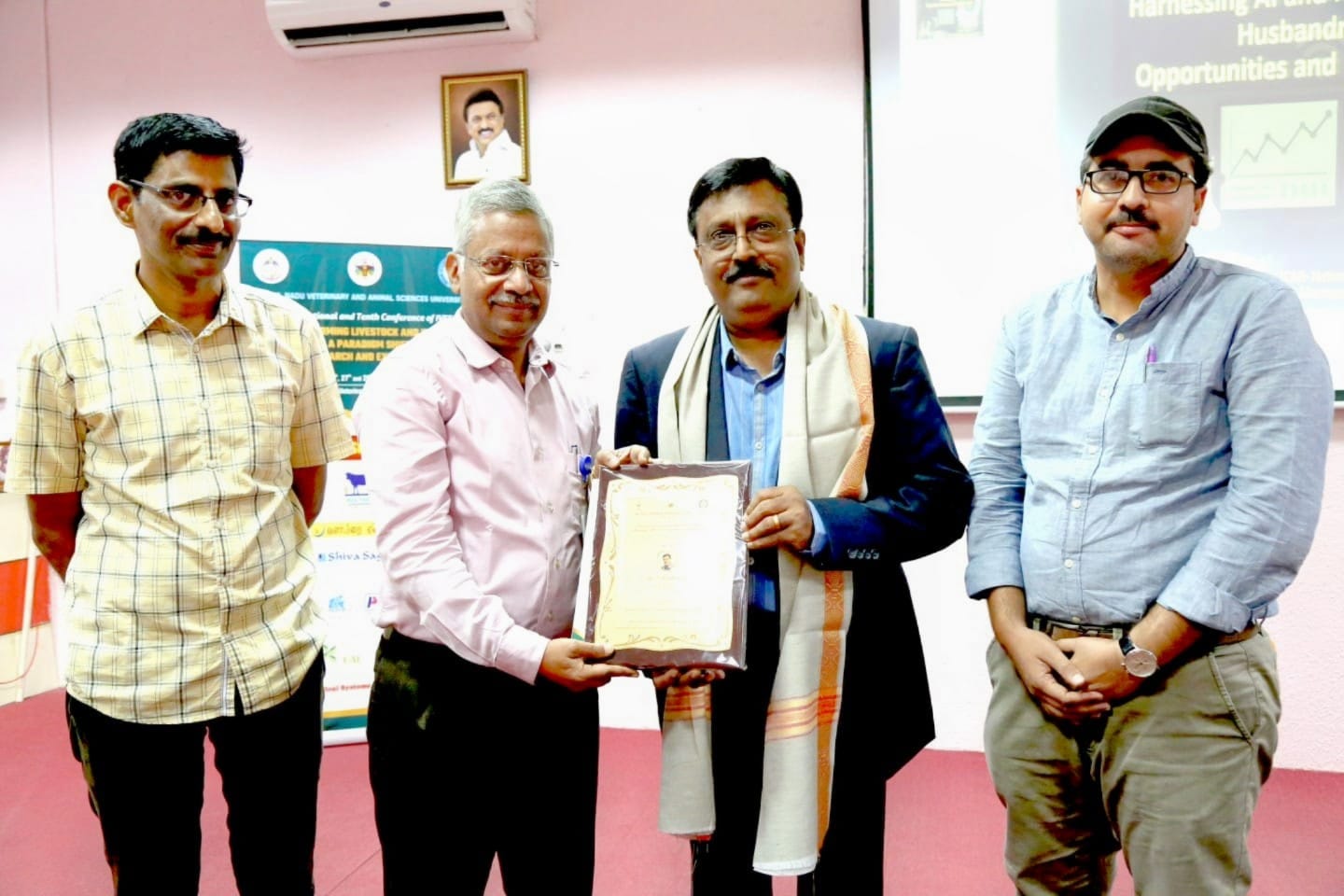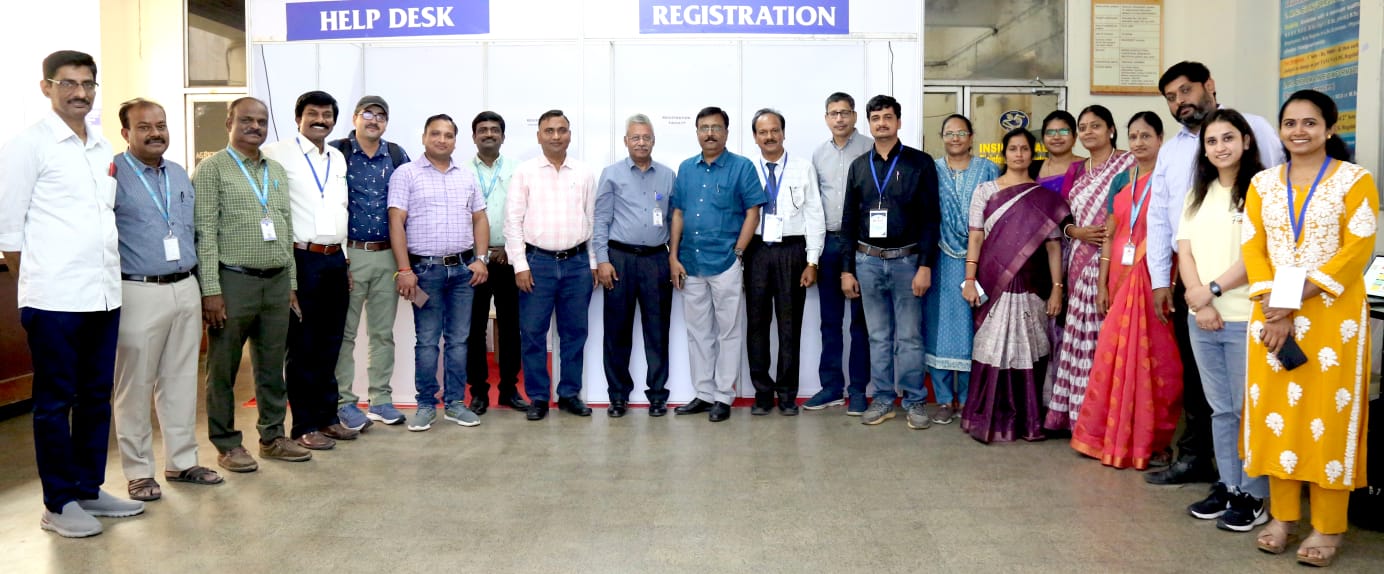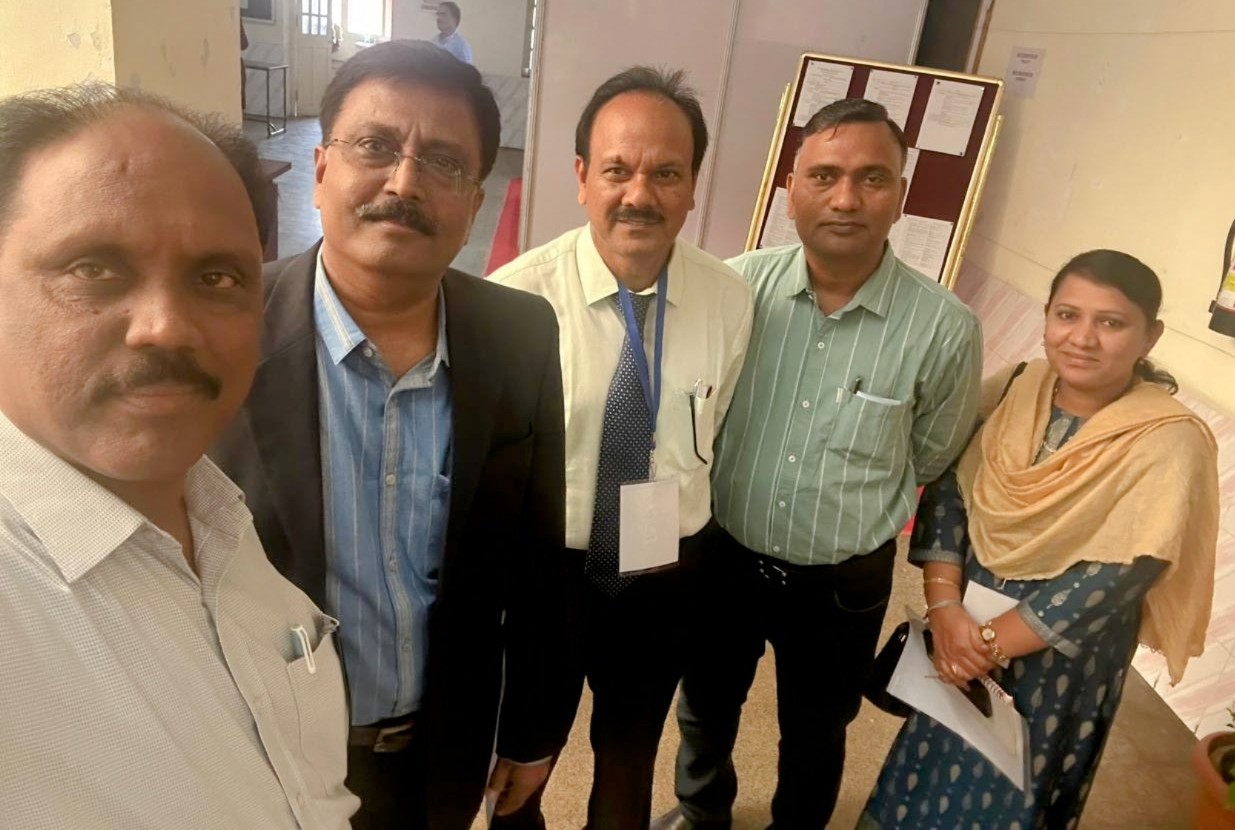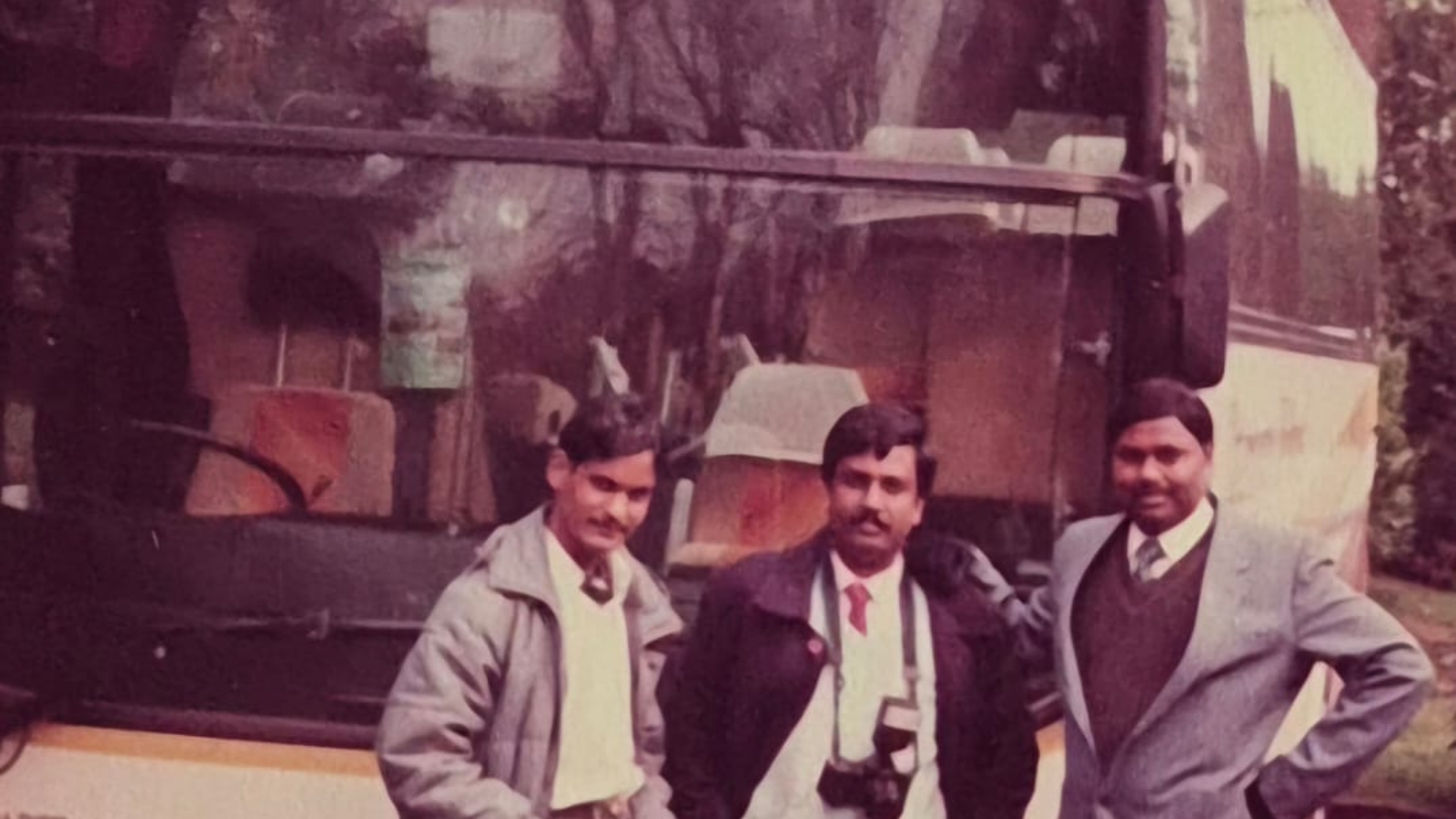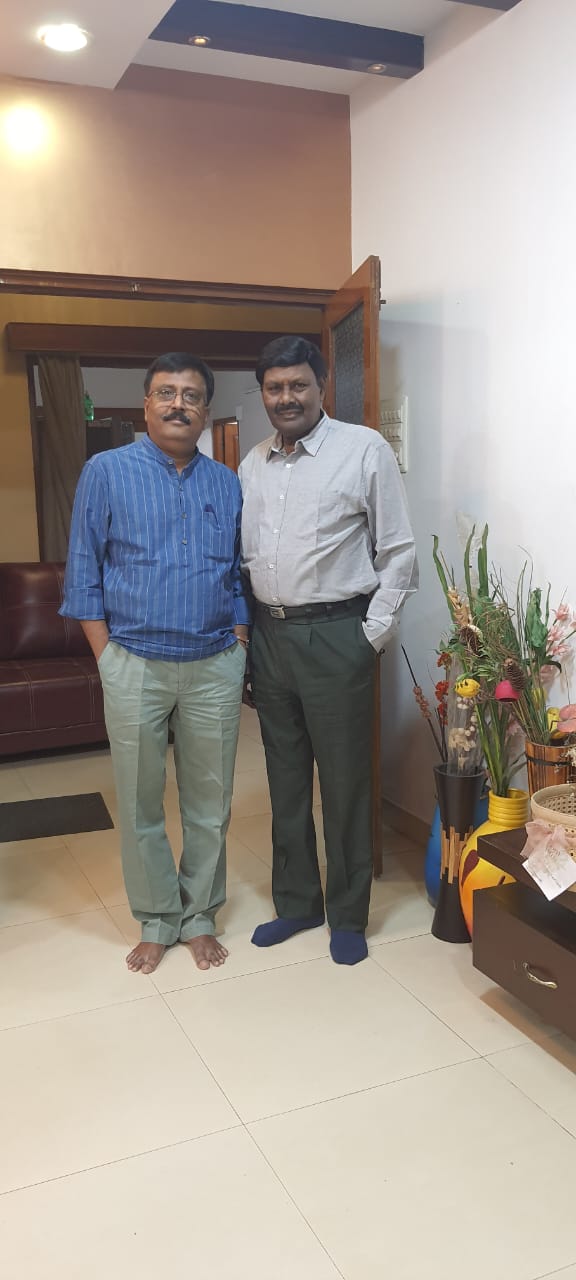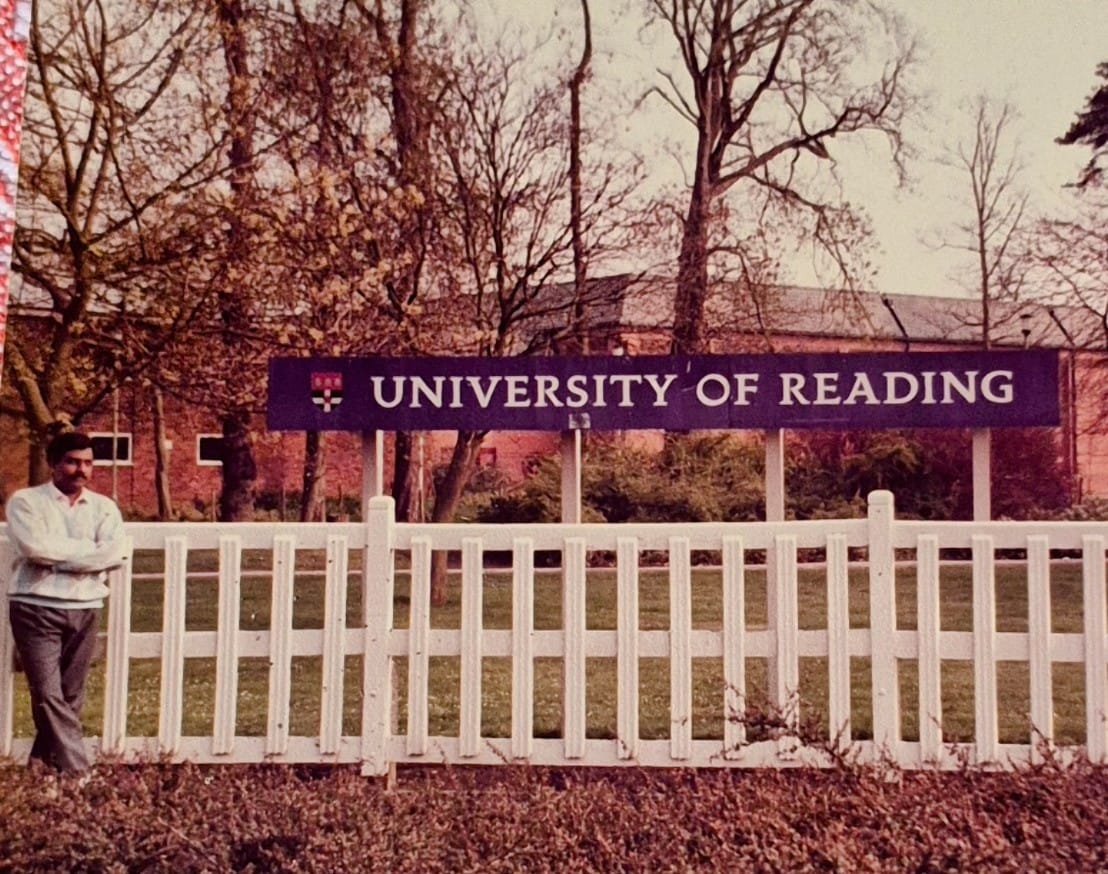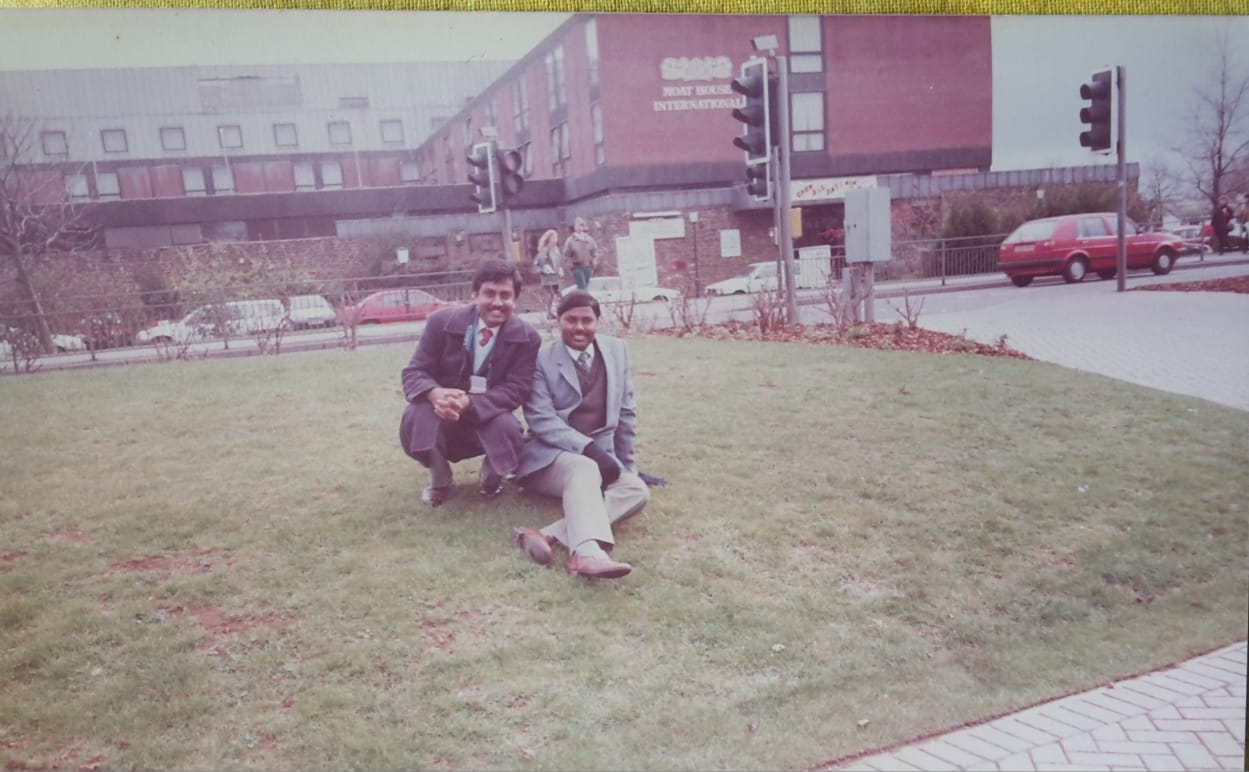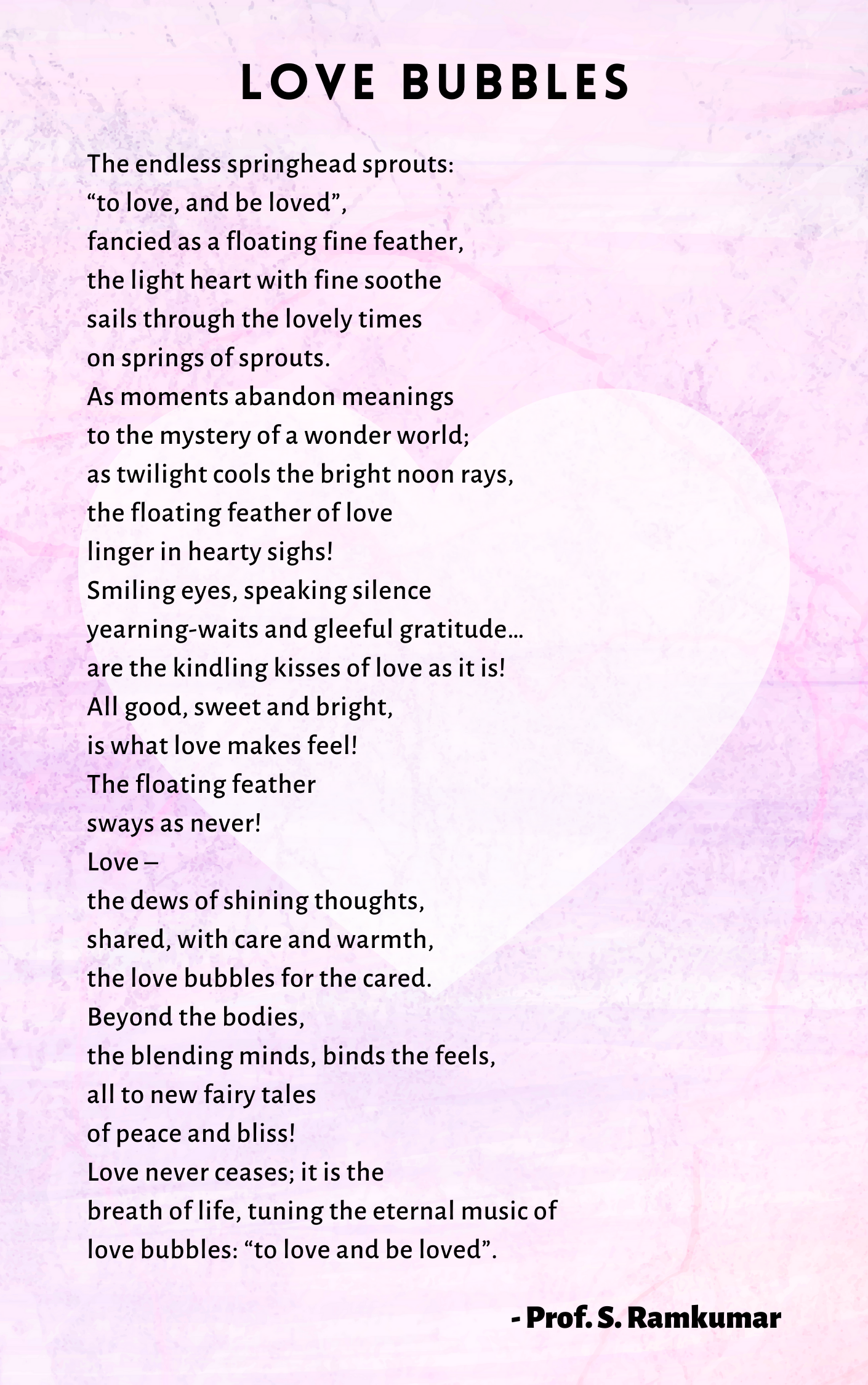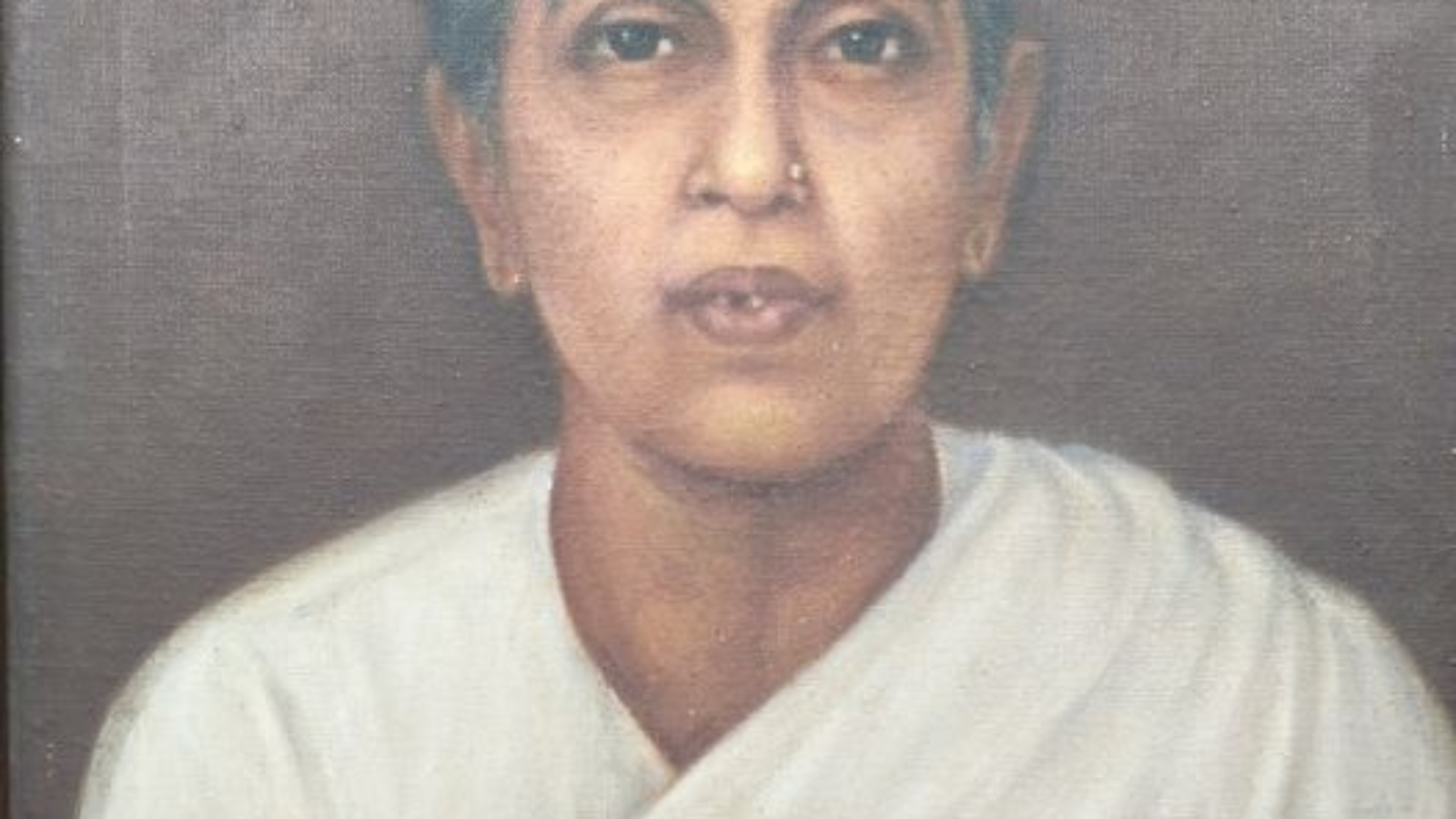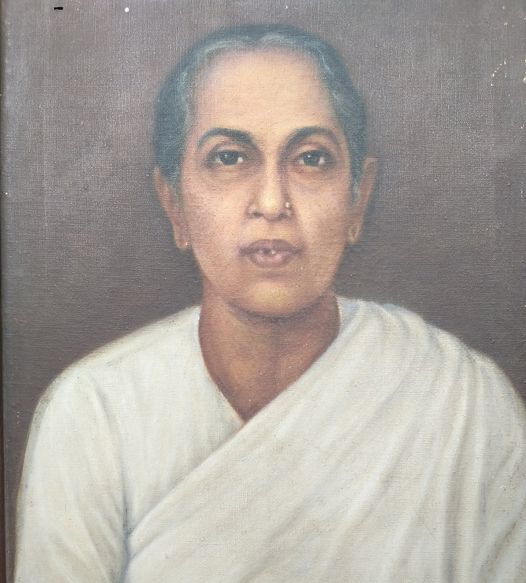Good teachers have a part of him/her living as a legend with us (the only systematic influence other than the inheritance of genes from parents!). My class mate in school, recently chatted from Panama; the first thing he typed was about Ramachandran Sir who taught us geography and about Panama Canal. My friend was so thrilled (and we all were ) that his efforts live: it’s not the subject, but how he delivered. Compared to the present day opportunities of teachers, we are quite sure that he had not been to Panama at that time!
You become a teacher when you realize that students respect you , not fear you. The respect is the realm of a new love- of freely speaking with a teacher- which evolves to the ideal relationship of a teacher growing to mentor.
“I never teach my pupils. I only attempt to provide the conditions in which they can learn.” (Einstein)
The tools of a teacher are appreciation, compliments, respect, love, care , concern and participation in guidance though the life of the learner. These tools have to be sensibly applied to raise the confidence and capacities of students, so as to make themselves happy in the path of life.
We often remember teachers, and hold them to heart for taking us through tough situations like when students think:
“Marks are less”
Complexity of thoughts like “ I am not as good as him/her”
“What shall I do in life?”
“I am Poor”
“I am not good at this”
“ I have problems at home, do I have a future?”
It’s not History, Chemistry, Computer Science, English, Medicine, Business or Engineering (ie. Subjects) that is vital for us as a teacher but how (s)he creates confidence in the learner to deal with life with the above tools that were mentioned earlier. It’s challenging. In teaching, the subject is only a medium – to create a mind to apply that- is the task of the teacher.
Teach them to walk alone or together in life.
“Do not confine your children to your own learning, for they were born in another time.”
(Chinese Proverb)
This is evident in the present day, when value education is repositioned with lesser priority in Schools and on the other end we need to build “committed citizens” (irrespective of knowledge brains) for building a Nation at a later stage. As Dr. Abdul Kalam envisions in “ A Manifesto for change”, “ we need to have a creative classroom, creative syllabus and creative teachers. The first two are comparatively easy, but the challenge is how to find creative teachers. Finding such teachers is the hardest task.
I remember many teachers (and students too!) for the “lessons of life” they taught me rather than the subjects dealt with. The students are amazing resource in teaching us many things. They remind us of the World that is transitional, lead us to the challenge of debating with ourselves on “right” and “wrong”, change our mindset on perceiving things- all for the better.
Back to teachers, the list for me starts with Late Sister Prosperous, who with her patience probably would have instilled a little something called ‘curiosity’. The list is never ending and can never be complete. But just few examples on the lessons learnt and subjects taught:
Amazing were the classes of Shri. Panikkar Sir in science, but what I learnt is the way of orderliness on his entry into the class, keeping books on one side of the table perfectly in an order, taking time to arrange himself, and his smile.
Prof. W. H. Mackaden, the passionate and Mrs. Radha Padmanaban, the elegant (writer of children’s stories) in Malabar Christian college who taught English, were magnets to whom we were hooked for long, during the “science dominated” courses. Inborn raconteurs. The passion for understanding writings and literature is the lesson learnt for life!
In Veterinary College it’s a long list, worth writing another Strandom!
In University of Reading, UK, again it’s a long list. Remember Prof. Maurice my mentor (a serious but genuine teacher) who taught travelling is learning and Prof Chris, the dynamism of decision making without delay. One of the softest feeling is for Late Gwynn Jones from Wales a real Country man reminding me of a straight innocent grandfather figure from a rural area of India. Was a pleasure to be with him.
Other than Judges in a Judiciary system, probably teachers are the only people who have the attribute of being neutral – to a group of students of a heterogeneous class at any time. Class, colour, community, creed, gender – nothing matters to a teacher who sees only a learner in every one. All are equal, capable (maybe in different aspects) and beautiful.
The onus of identifying, nurturing and creating generation of “responsible humans” largely lies with teacher, whether it’s in the first standard or during his PhD.
